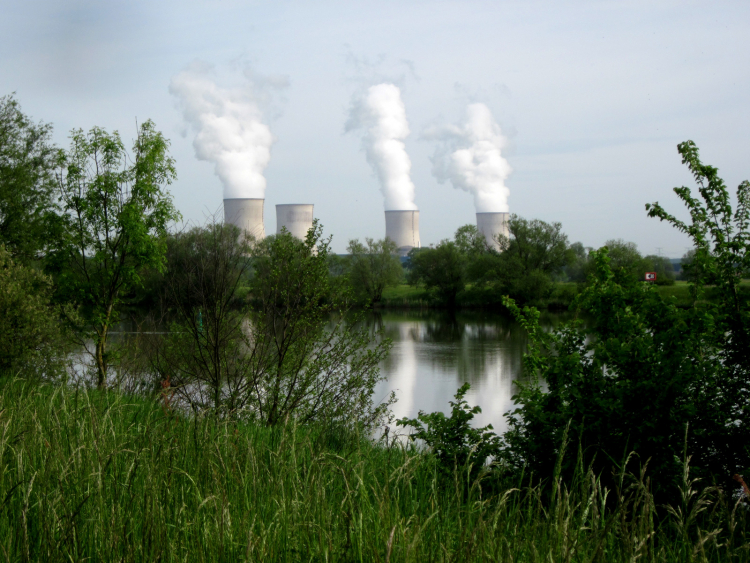Open and transparent engagement with stakeholders is essential to building trust, promoting understanding and enhancing confidence in a new or operational nuclear facility. The topic of stakeholder involvement was at the centre of a regional meeting, organized by the IAEA from 18 to 22 January, to help countries interested in the development and deployment of small modular reactors (SMRs) to engage with a range of different stakeholders including non-governmental counterparts, industry and the public.
Stakeholders include the media, local community bodies and non-governmental organizations. As countries assess the viability of SMRs as an option for low carbon electricity and non-power applications, building proactive, trustworthy and long-lasting relationships with the various interested parties is essential. SMRs are advanced reactors that generally produce electricity of up to 300 MW(e) per module. While a few SMRs have been deployed worldwide, many more are at various stages of development.
“This meeting served as the first IAEA event to explore what stakeholder engagement opportunities exist, and what challenges may persist, in the deployment of this new technology, in particular in comparison to large nuclear power plants,” said Lisa Berthelot, Stakeholder Involvement Officer at the IAEA. “International experts from countries more advanced in SMR deployment delivered presentations at the meeting, allowing us to leverage their experience in stakeholder involvement.”
When a new SMR is proposed to be integrated into an industrial park or complex, how best can industry stakeholders be involved? What strategies exist to engage with public questions and concerns regarding the construction of an SMR near a population centre? How is waste treated, and what non-electric applications exist?
These questions, among others, were addressed and explored by international experts from Canada, Denmark, France, Indonesia, the United Kingdom, as well as FORATOM, who shared their broad experience with stakeholder involvement across the entire lifecycle of nuclear facilities.
Canada, for example, is actively planning for the development, demonstration and deployment of SMRs and recently launched an Action Plan that was the result of extensive consultations across the country with officials, utilities, communities, indigenous peoples, academia and civil society.
“Public engagement on nuclear technology is critical to building trust, both trust in you as the proponent and in the technology itself,” said Philip Kompass, Section Head of Employee Communications at the Canadian Nuclear Laboratories (CNL).







